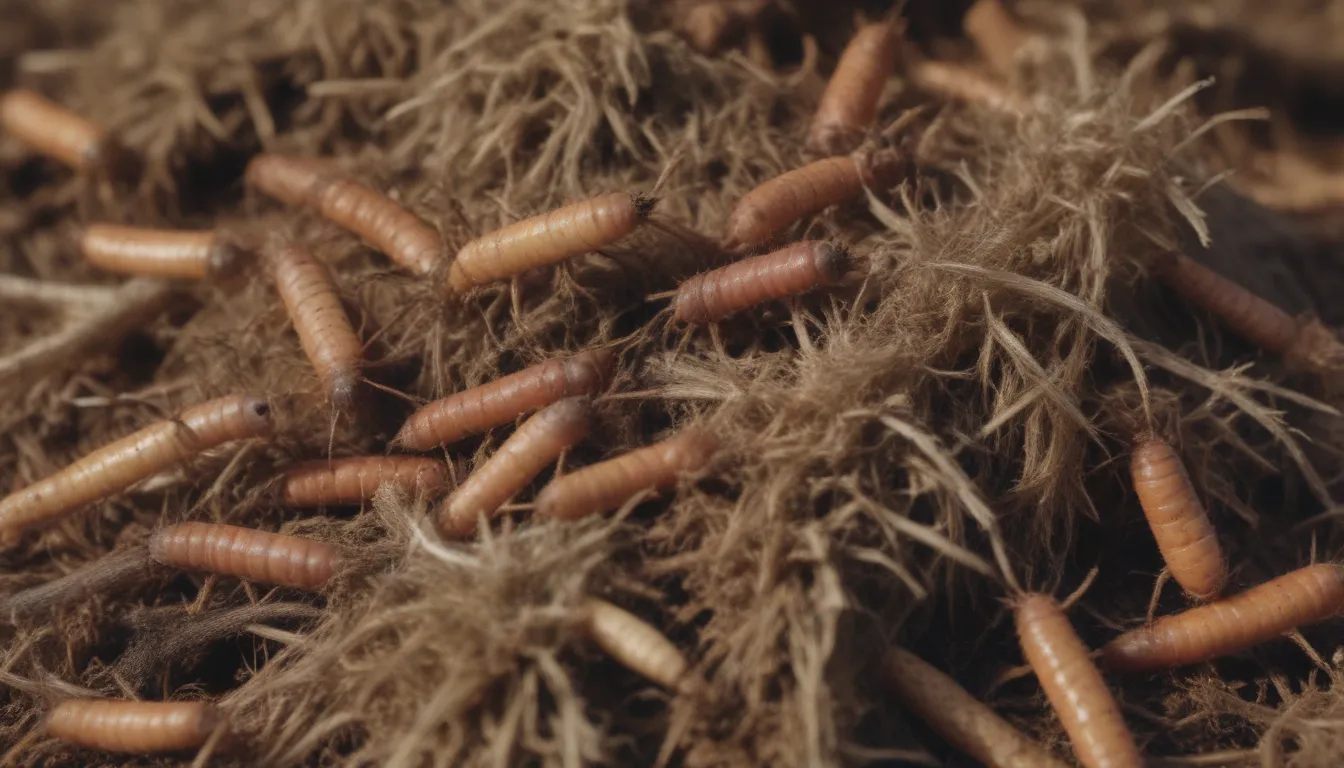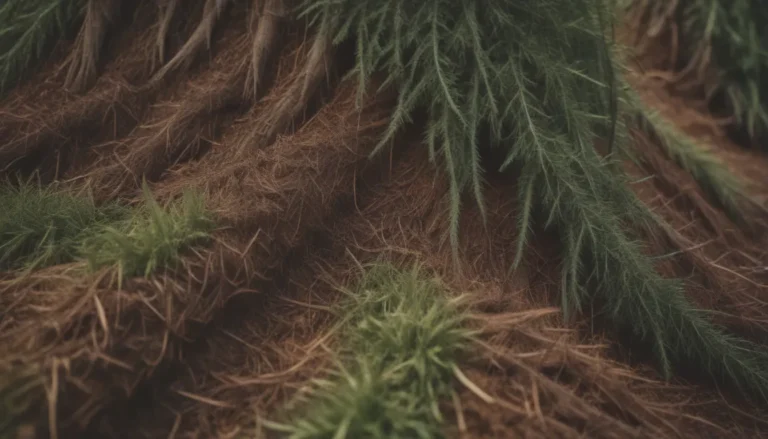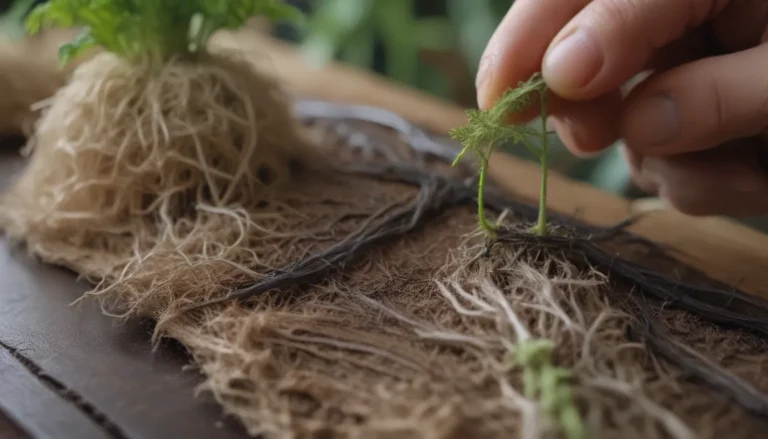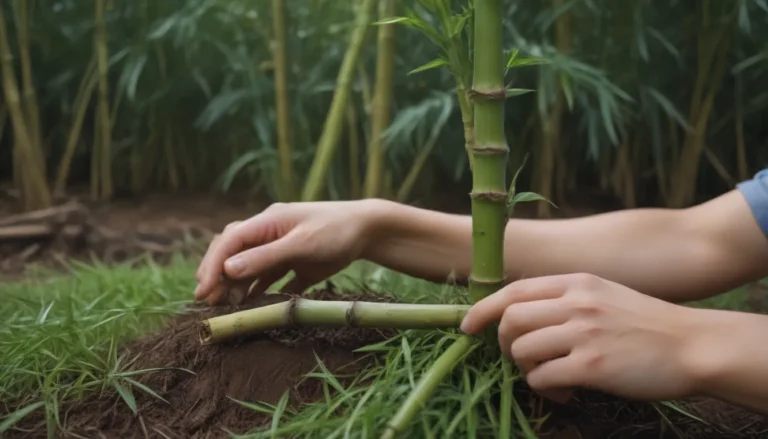Understanding the Relationship Between Mulch, Termites, and Your Home’s Foundation

As a homeowner, it’s natural to have concerns about termites and how they may affect your house foundation, especially when it comes to using mulch near your home. There are many questions surrounding this topic, but not all experts agree on the answers. To help you navigate this issue, let’s dive deeper into the relationship between mulch, termites, and your house foundation.
The Role of Drainage in Termite Control
When it comes to termite control, the presence of moisture is a key factor to consider. While mulch itself is not a preferred food source for termites, it does provide them with the ideal conditions to thrive. Termites are known for their attraction to moisture and insulation from temperature extremes, which are both characteristics of mulch.
To ensure that termites do not become a threat to your home, it’s important to prioritize good drainage around your foundation. Here are some steps you can take to improve drainage and minimize the risk of termite infestation:
- Grade the ground with a 5-percent slope away from the house to channel water away from the foundation.
- Keep gutters clean and redirect water away from the foundation using downspouts and splash blocks.
By maintaining proper drainage, you can create an environment that is less favorable for termites to thrive near your home.
Addressing Concerns About Mulch and Termite Attraction
One common question that homeowners have is whether mulching around foundations can attract termites. While there is some disagreement among experts on this topic, it’s important to address the specific concerns you may have regarding mulch and termite control.
-
Direct Contact with Foundation: Some experts advise against allowing mulch to come into direct contact with your foundation, especially if a termiticide has been applied to the soil along the foundation. To minimize risks, limit the depth of mulch to two inches and maintain at least eight inches of exposed foundation between the top of the planting bed and the wood sill plate.
-
Type of Mulch: Contrary to popular belief, all mulches, not just wood mulches, can provide hiding places for termites and promote moisture retention. While some wood mulches are less attractive to termites, it’s essential to be mindful of the potential risks associated with any type of mulch near your foundation.
-
Termite Prevention: It’s crucial to stay vigilant and proactive in preventing termite infestations. Regularly inspecting mulch in foundation plantings and being aware of the signs of termite presence can help you detect issues early and take prompt action.
By understanding the relationship between mulch, termites, and your home’s foundation, you can make informed decisions to protect your property from potential termite damage.
Identifying and Responding to Termite Infestations
To effectively manage termite infestations and protect your home, it’s essential to know what to look for and how to respond if you suspect termites are present. Here are some tips to help you stay informed and proactive in termite control:
-
Educate Yourself: Familiarize yourself with the appearance of termites and the signs of termite activity. While termites may resemble ants in size, they have distinct characteristics and belong to different species.
-
Stay Vigilant: Regularly inspect mulch in foundation plantings for any signs of termite presence, such as mud tubes or wood damage. If you suspect termites, contact a reputable termite control professional immediately to assess the situation and recommend appropriate treatment.
By staying informed and proactive in termite control, you can protect your home from potential termite damage and maintain a safe and secure living environment for you and your family.
In conclusion, the relationship between mulch, termites, and your house foundation is complex and requires careful consideration. By prioritizing proper drainage, addressing concerns about mulch attraction, and staying vigilant in termite prevention, you can mitigate the risks associated with termites and safeguard your home from potential damage. Remember that knowledge and proactive measures are key to maintaining a healthy and termite-free living space.





